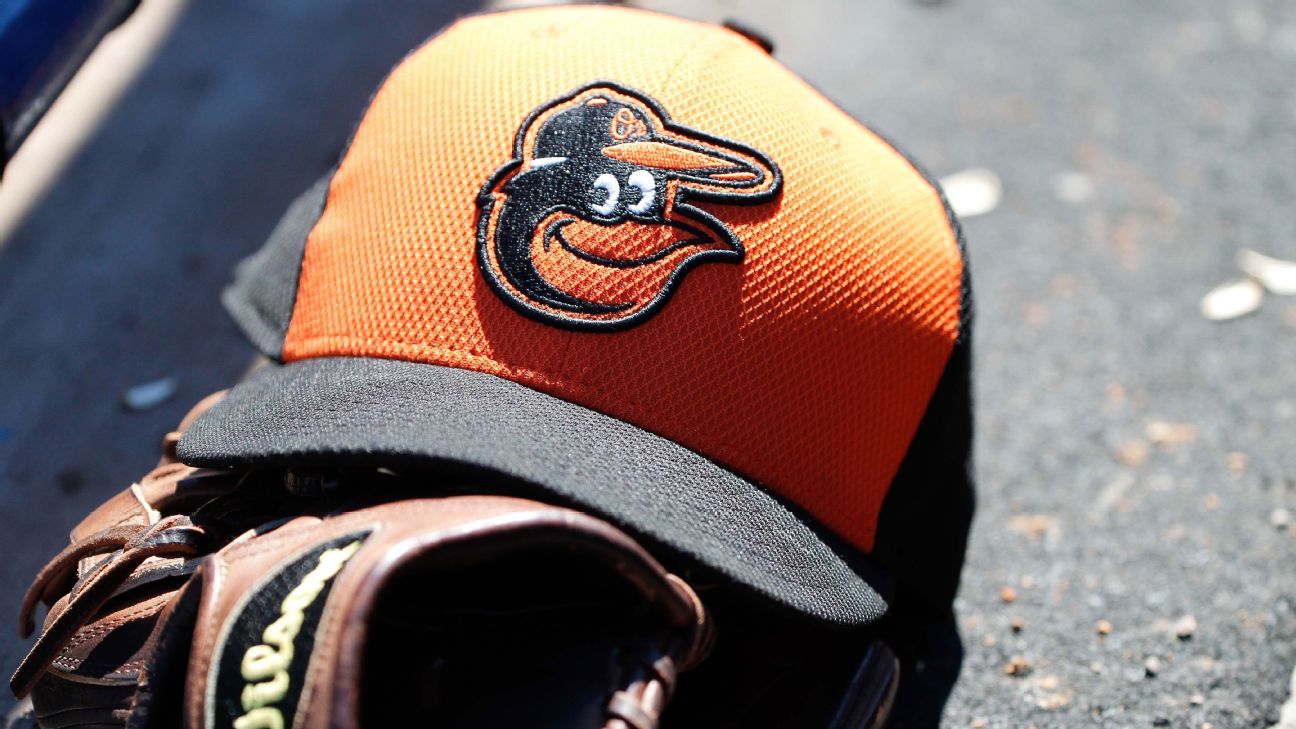
INDIANAPOLIS — It was a dark autumn and a mournful winter, full of condolence cards and flower-delivery orders and suits to be dry cleaned and services to attend.
Every buzz of the phone seemed to bring bad news. Former USAC midget champ Mike Streicher, steering guru Randy Sweet and legendary engine builder Sonny Meyer — who had a hand in at least 15 Indianapolis 500 wins — left us in the same November week.
John Martin, a journeyman Indy car driver who found a second life restoring ailing Offenhausers, passed just before Thanksgiving. Safety pioneer Bill Simpson and NASCAR driver/owner Junior Johnson, two wildcat spirits, died within days of each other in mid-December. Publisher Val LeSieur, who ran a feisty trade paper called Speedway Scene and gave me my first editorial job at age 18, checked out the day after Christmas.
The new year brought no relief. Sprint car racing icon Bubby Jones lost his battle with cancer on Jan. 18. Frank Manafort, who’d driven coupes as a young man and owned USAC midgets as an old one, died on Feb. 1.
Five days later, in Indianapolis, racers from everywhere gathered to pay their last respects to John Andretti, whose passing tore the hearts out of all who knew him.
You go through a stretch like this, and the grief threatens to overwhelm you. Then reality taps you on the shoulder and points out the silver lining in that cloud: Yes, it’s crushing to lose so many people in such a short time, but it’s a wonderful thing to have had them so long. And racing made that possible.
This much I know: If you make this sport your life, it keeps sending people your way. Strangers become acquaintances, and acquaintances become friends. Not the superficial sorts of friends you “know” through social media, but real people who succeed, fail, laugh, argue, fight, make up, and do it all again. And if they die, well, first they’ve lived, and your time together was enriching.
We are a lucky bunch.
That occurred to me, again, on the night of Jan. 28, at USAC headquarters in Indianapolis, during a memorial celebration in honor of Bubby Jones. Sitting there, thinking of Ol’ Bub, I flashed back to a moment from last May, in the run up to the Indy 500.
A group of us who meet weekly for lunch were joined by pals in town for the race, and it was an eclectic blend. In addition to Indy winners who return every year — Bobby Unser, Johnny Rutherford and team boss Jim McGee — there were Bentley Warren, the supermodified warrior and two-time 500 starter, and British motorsports journalist Nigel Roebuck, as skilled a wordsmith as any in racing.
Lunch was a symphony of voices: Roebuck’s polite BBC English offsetting Rutherford’s soft Texas drawl, Warren’s “pahk the cah” Yankee dialect somehow harmonizing with the rising-and-falling cadence that is uniquely Unser’s.
Before the meal, there was a brush of racing cultures. It occurred to me that while our overseas guest, Roebuck, knew most of the men on hand, there was one whose acquaintance he might never have made.
I said, “Nigel, have you met Bubby Jones?”
“I have not,” came the reply, “but I’ve seen him race.”
We were beside a table where Jones, worn out from his illness and its treatments, was already seated. His face lit up as he listened to Roebuck, who visits American dirt tracks whenever he can, recall the times he’d seen Jones perform.
Two hours later, still grinning, Bubby said, “How does a Formula One writer from way over there know anything about me?”
When you watch a world-class writer from Surrey in southeast England shake hands with a world-class dirt-track racer from Middle America, life feels pretty good.
It reminded me of a Sunday a dozen years ago when, in the social hour before a New England Auto Racers Hall of Fame dinner, I made another unlikely introduction. I’d just finished chatting with Marvin Rifchin, who owned the M&H Tire Co., when here came Canadian stock car hero Jean-Paul Cabana.
“That man,” said Cabana, his Quebec French accent as thick as fondue, “he is Marvin?”
It seemed impossible that they’d never met. But because Cabana had spent the bulk of his career on tours that mandated Goodyear and McCreary rubber, their paths seldom crossed.
So I handled the formalities, and these two giants, who’d known each other’s names for decades, talked of how nice it was to finally say hello. Again: strangers become acquaintances, and acquaintances become friends. That process took Jean-Paul and Marvin about a minute.
The names on this page alone came out of Ohio, Michigan, Indiana, California, North Carolina, Massachusetts, Illinois, Connecticut, New Mexico, Texas, the United Kingdom and Canada.
Racing sends you people from coast to coast, and every so often it even imports one for you. And, generally speaking, once they’re yours, they’re yours until the end.
It can feel like a tough arrangement — as at John Andretti’s beautiful, heartbreaking funeral — but it’s a good one.
If on the day you were born, someone told you that you could collect interesting friends from all over the map, but that along the way you’d have to say goodbye to a few, you’d take that deal every time.















 Phone: (800) 737. 6040
Phone: (800) 737. 6040 Fax: (800) 825 5558
Fax: (800) 825 5558 Website:
Website:  Email:
Email: 






